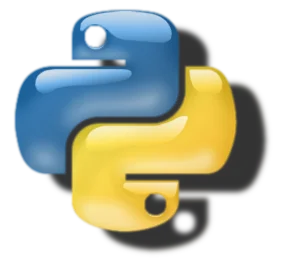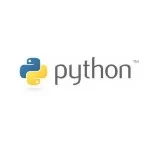Python Booleans: Hidden Gems I Wish I Knew Sooner
Booleans might seem simple – just True or False – but they’re the backbone of decision-making in Python. They control the flow of your programs, from simple if-else statements to complex algorithms. Let’s dive into some often-overlooked aspects of Booleans that can significantly enhance your Python coding.
1. Truthiness and Falsiness: Beyond True and False
While True and False are the explicit Boolean values, Python expands this concept with “truthiness” and “falsiness.” Many objects in Python can be evaluated as either True or False in a Boolean context.
- Truthy values: Non-empty lists, tuples, dictionaries, strings, and non-zero numbers are considered truthy.
- Falsy values: Empty lists, tuples, dictionaries, strings, the number 0, and the special value
Noneare considered falsy.
This concept is crucial for conditional statements. For instance, if my_list: will execute if my_list is not empty.
2. Boolean Operators: More Than Just and and or
We’re familiar with and and or, but Python offers not for negation. Additionally, you can combine these operators for complex conditions.
not: Reverses the Boolean value of its operand.- Operator precedence:
nothas higher precedence thanandandor.
Example: if not (condition1 and condition2):
3. Short-circuiting Evaluation: Optimize Your Logic
Python uses short-circuiting evaluation for Boolean operators. This means that the second operand is only evaluated if necessary.
and: If the first operand is False, the second operand is not evaluated.or: If the first operand is True, the second operand is not evaluated.
This can be used for efficiency, especially when the second operand is expensive to compute.
4. Ternary Operator: Concise Conditional Assignments
The ternary operator provides a shorthand way to assign a value based on a condition:
1 | value = True_value if condition else False_value |
This can make your code more readable in certain cases.
5. Boolean Indexing: Filter Your Data Effectively
You can use Boolean values to index lists, tuples, and NumPy arrays. This is powerful for filtering data based on conditions.
1 2 | numbers = [1, 2, 3, 4, 5]even_numbers = [num for num in numbers if num % 2 == 0] |
2. Practical Examples of Booleans in Python
Truthiness and Falsiness: User Authentication
01 02 03 04 05 06 07 08 09 10 | def authenticate_user(username, password): correct_username = "user123" correct_password = "password456" return username == correct_username and password == correct_passworduser_logged_in = authenticate_user("user123", "password456")if user_logged_in: print("Access granted!")else: print("Access denied!") |
Here, the authenticate_user function returns a Boolean value based on the provided credentials. The if statement then uses this Boolean to decide whether to grant access.
2. Boolean Operators: Data Validation
1 2 3 4 5 6 7 8 9 | def is_valid_email(email): # Simple validation (replace with a more robust regex) return "@" in email and "." in emailemail = "user@example.com"if is_valid_email(email): print("Valid email address")else: print("Invalid email address") |
This example demonstrates how Boolean operators can be used to create logical conditions for data validation.
3. Short-circuiting Evaluation: File Handling
01 02 03 04 05 06 07 08 09 10 11 | def process_file(filename): try: with open(filename, "r") as file: # Process file contents pass except FileNotFoundError: print("File not found")filename = "data.txt"if file_exists(filename): # Assume file_exists function checks for file existence process_file(filename) |
By checking if the file exists before attempting to open it, we avoid unnecessary FileNotFoundError exceptions. This is an example of how short-circuiting can improve performance.
4. Ternary Operator: Conditional Formatting
1 2 3 | is_success = Trueresult_message = "Success" if is_success else "Failure"print(result_message) |
This concisely assigns a value to result_message based on the is_success Boolean.
5. Boolean Indexing: Data Filtering
1 2 3 4 5 | import numpy as npnumbers = np.array([1, 2, 3, 4, 5, 6, 7, 8, 9, 10])even_numbers = numbers[numbers % 2 == 0]print(even_numbers) |
This efficiently filters even numbers from the numbers array using Boolean indexing.
These examples highlight the versatility of Booleans in Python
3. Conclusion
While often overlooked, Booleans are the unsung heroes of Python programming. Their simplicity belies their immense power in controlling program flow, making decisions, and manipulating data. By understanding the nuances of truthiness, Boolean operators, short-circuiting, and advanced applications, you can significantly elevate your Python coding skills. So, the next time you’re crafting Python code, remember the humble Boolean: it could be the key to unlocking more efficient, elegant, and effective solutions.




